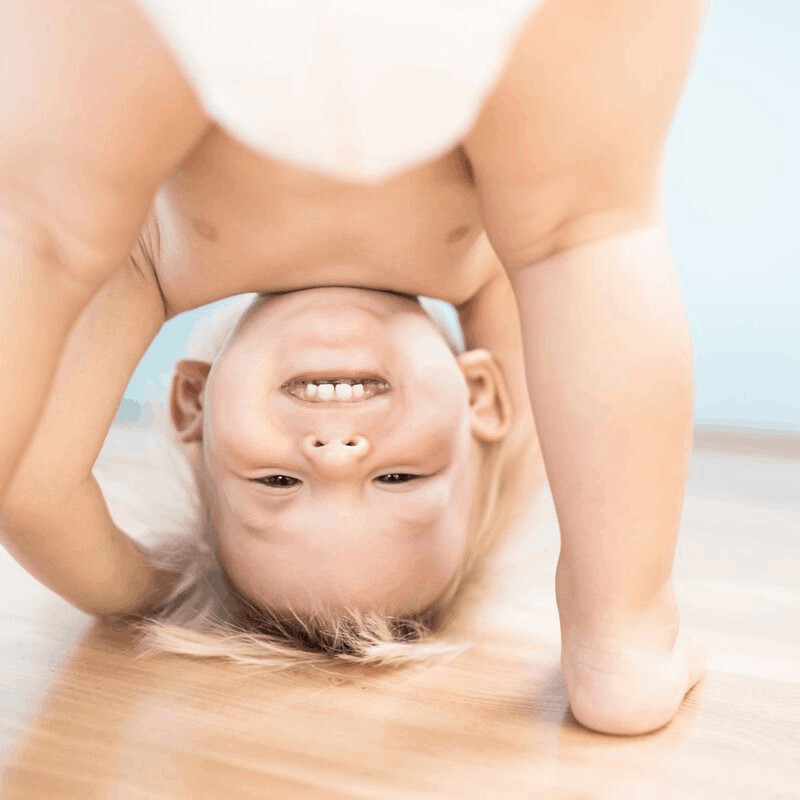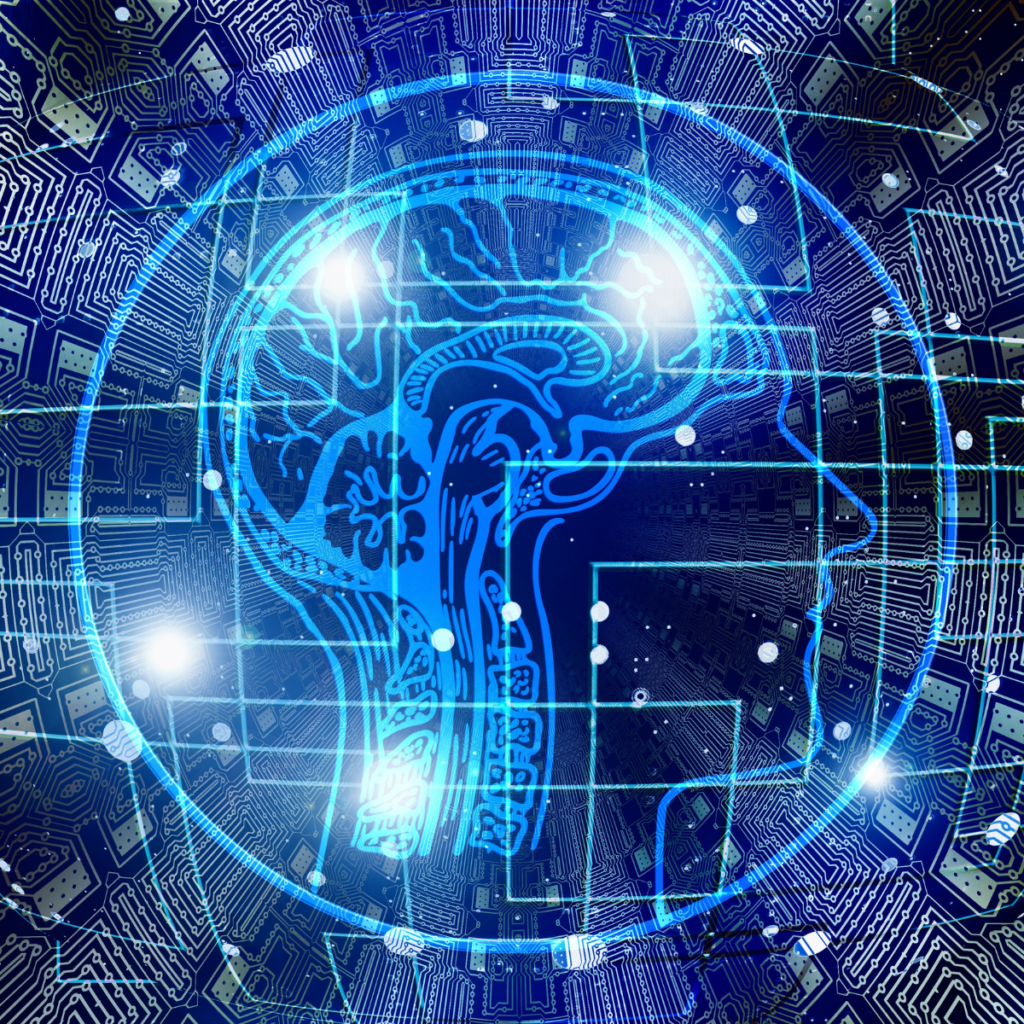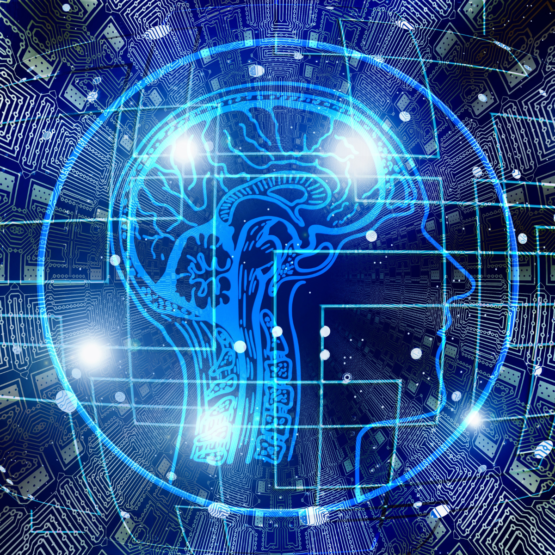Play is hugely important for brain development. It is through play that we learn, and learning literally creates and strengthens links in the brain. There is no time in which brain development occurs more rapidly than during childhood. Sometimes adults dismiss play as frivolous or unimportant. This is wrong. Even adults learn best through play. Even as adults playing more can help us benefit from this Miracle Grow for the brain. So, let’s find out more.

What is this Miracle Grow for the brain?
BDNF stand for Brain Derived Neutrophic Factor, and it is a protein. People often refer to BDNF as Miracle Grow for the brain. This is because it strengthens, and heals neurons, as well as supporting the increased development of new neurons. BDNF literally increases brain growth and development. It also influences the nerves at the synapses, that is the point at which nerves pass the message on to the next cell. It’s role here supports learning and memory functions. Sounds like a pretty handy protein, but what does it have to do with play?
Play and brain development: releasing BDNF
The brain releases BDNF during active play and exercise. When the heart rate rises for around ten minutes or more BDNF levels rise. In children, a lot of their play is active. However, BDNF particularly rises in sessions of “rough housing” or “rough and tumble play”.
This form of play increases bonding, and social communication and improves mood in a more significant way than, say a PE class. Whilst that raises the heart rate, it often doesn’t offer problem solving, and relational play. It doesn’t raise the mood of children in the same way or allow them to respond freely. A coach or teacher directs the activity, so children aren’t freely exploring in a playful way. The heart-rate rises, but it doesn’t stimulate their brains in the same way.
Roughhousing fertilizes our brain. For real. This kind of physical play releases a chemical called brain-derived neurotrophic factor (BDNF) which really is like fertilizer for our brains. Roughhousing stimulates neuron growth within the cortex and hippocampus regions of the brain, responsible for memory, learning, language, and logic.
Therese Borchard, 6 Benefits of roughousing

Action play: fact file
Find out more about action play, it’s benefits and how it manifests from birth through to adulthood in our action play factfile.
Play provides a brain boost: BDNF and short-term brain function
So, play has a hugely significant role in the development and maintenance of the brain’s hardware. However, that’s not all. Active play also helps to boost learning, understanding, concentration and problem solving in the short-term.
Did you know that children in classrooms learn best when they have regular breaks of free play in which they can freely run around? After a play break the levels of BDNF in their brain is higher and they are better able to concentrate and to understand new concepts. They are also more likely to be able to solve problems than before they have a break.
I don’t know about you, but I know that I often feel like my brain works better when I have been up and about. A brisk walk home from the school run, often hunting Pokemon on the way, sets me up for work in the mornings. I used to solve problems, or figure out more effective ways to explain ideas when I was on a run. It was like problems that I’d been banging my head against for hours started to seem less complex. I could see a way through. I would often get home and have to scribble down ideas I’d had before having a shower.
So, play isn’t just child’s play?
We often dismiss play as an activity for children before they learn to do anything more useful. That’s just plain wrong! Play is the most effective way for people to learn, and not only for children. Play is fun, it is exploratory, it is something we enjoy and so are motivated to do. It satisfies our curiosity, and stimulates even more curiosity!
Play is important for adults too. Not only for increasing BDNF levels and nourishing and healing our brain, but also for learning new skills and solving problems. Even as adults we learn best through play and exploration. We work and function more effectively when we regularly do the things that we enjoy. Play doesn’t have to mean toys. It can be hobbies that you engage in with a playful mindset.
Try new techniques to see how they work, experiment, enjoy it, have fun! You’ll feel better, happier, and it supports brain development. People who play in one area of life often apply playful attitudes and problem solving techniques to other areas too. The willingness to have a go, to try and know that it may not be perfect, to learn through doing and refine and hone skills as you understand more about what you are doing is hugely beneficial at all ages!
Play!
So, reflect, how do you play? What counts as play for you? Dance classes, researching a special interest, cooking, making things, sport? There are so many ways to play. If it seems hard to justify then just think about how it could benefit your brain health, your ability to work, and your mood and mental wellbeing. Can you afford not to?
Find out more with our workshops
Play and learning are hugely important to babies and toddlers, and can make a difference to their skills and passions throughout their lives.
This is why we have workshops all about play, learning, and how parents can support this.
If you want to learn more about how to support babies and toddlers to play in ways that build their brains then check out the ToddlerCalm Building better brains, and the brand new BabyCalm play and learning workshops
Recommend0 recommendationsPublished in Child learning & development, Childhood play & learning, Family mental health, Neurology, Play science, Toddler play


Responses